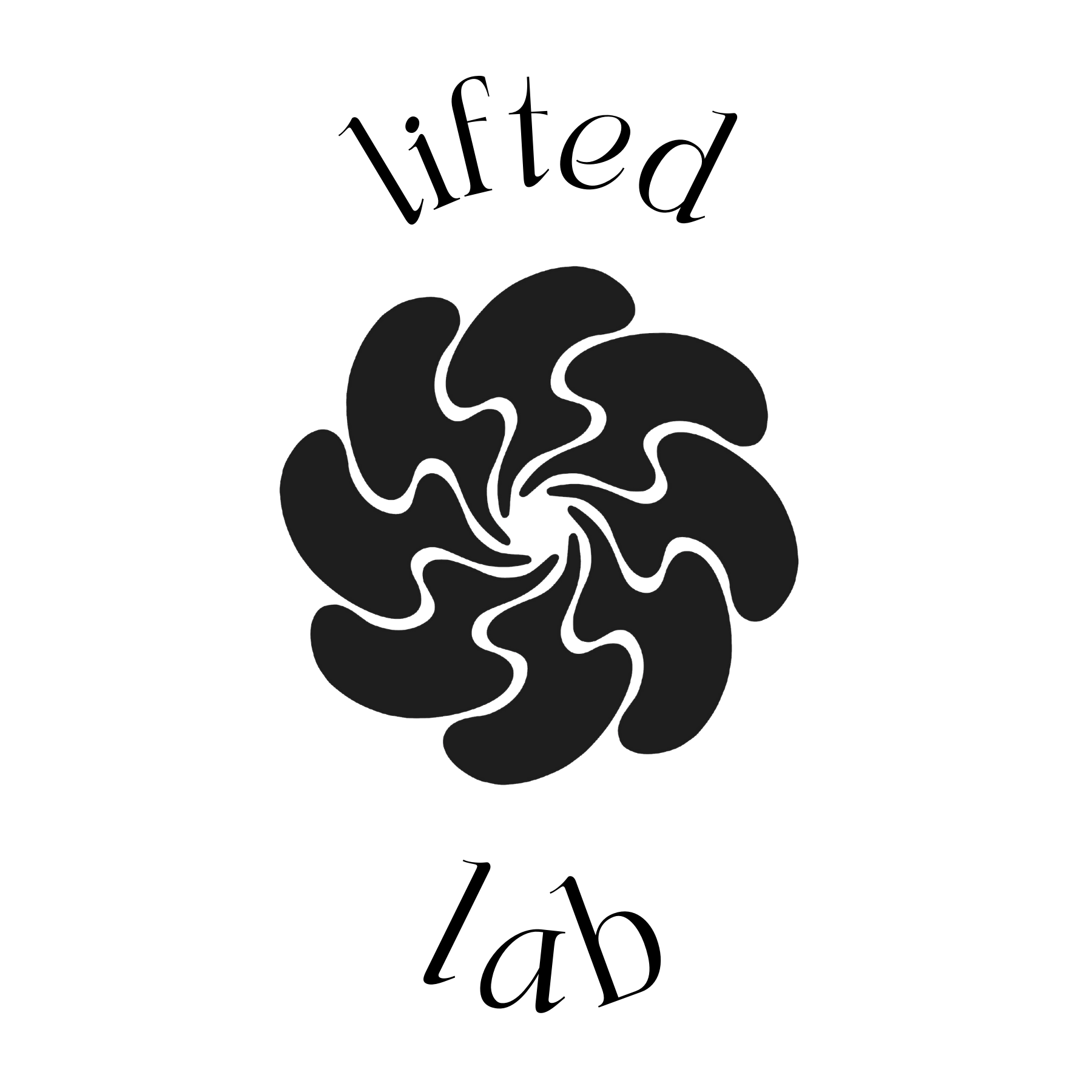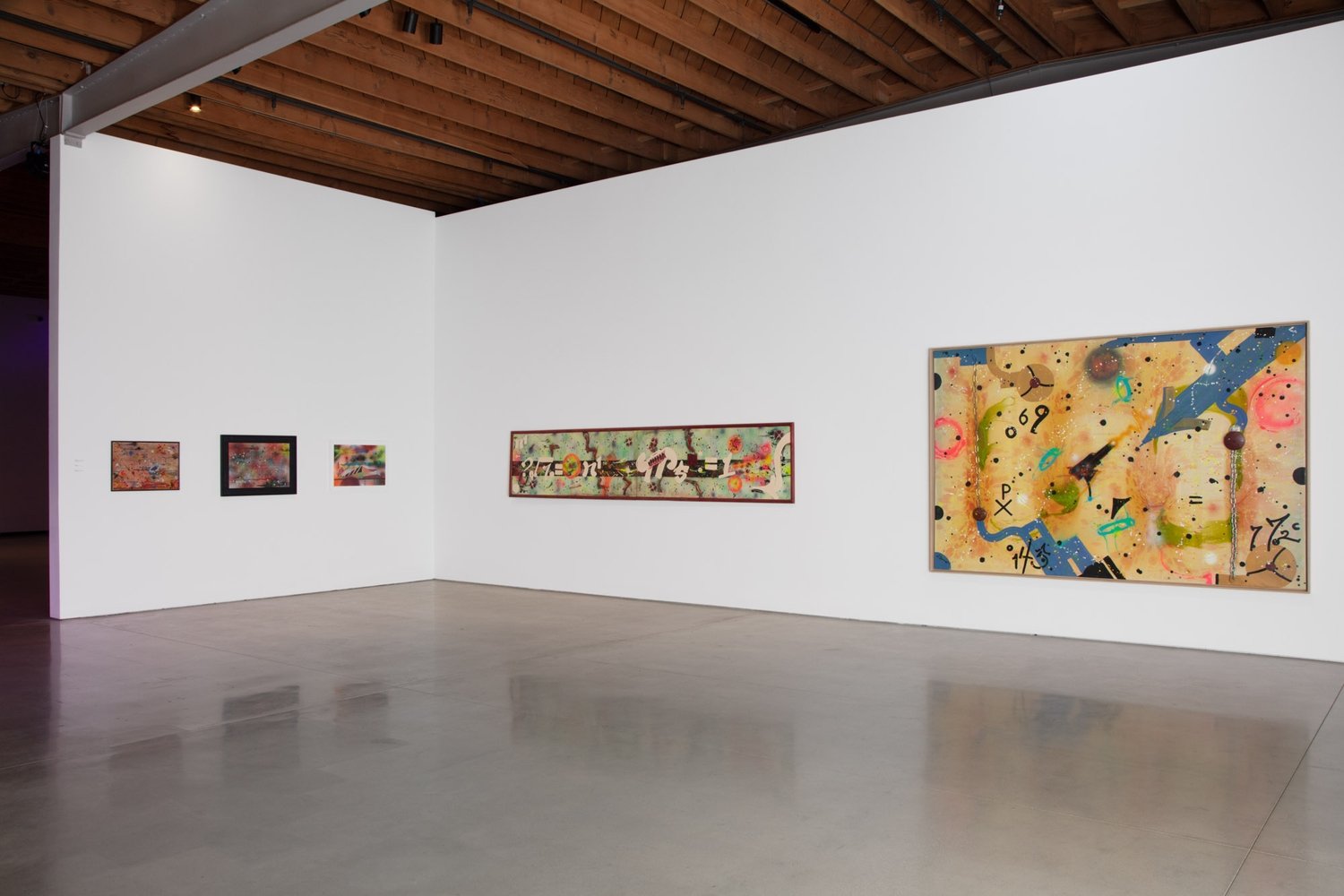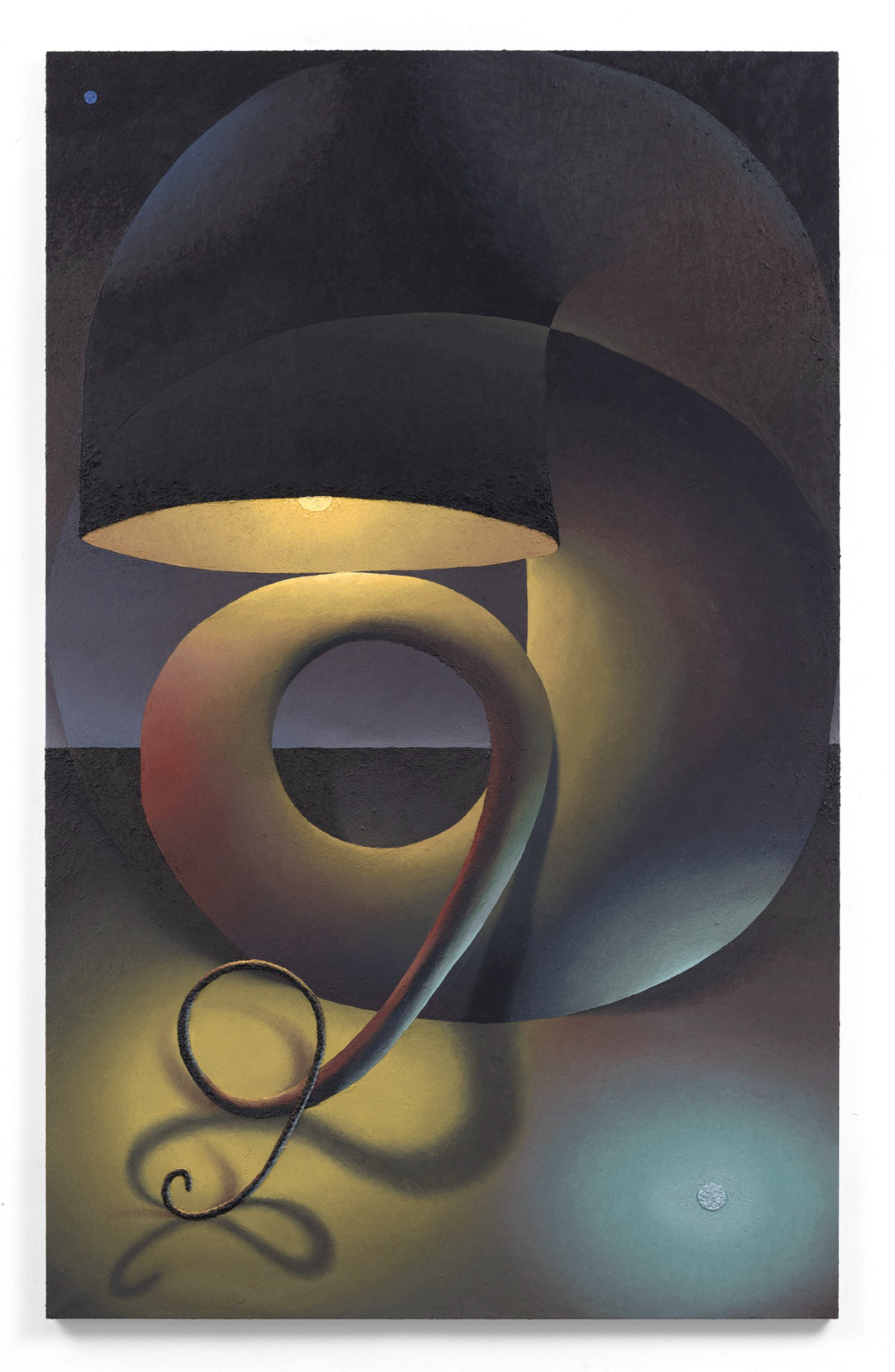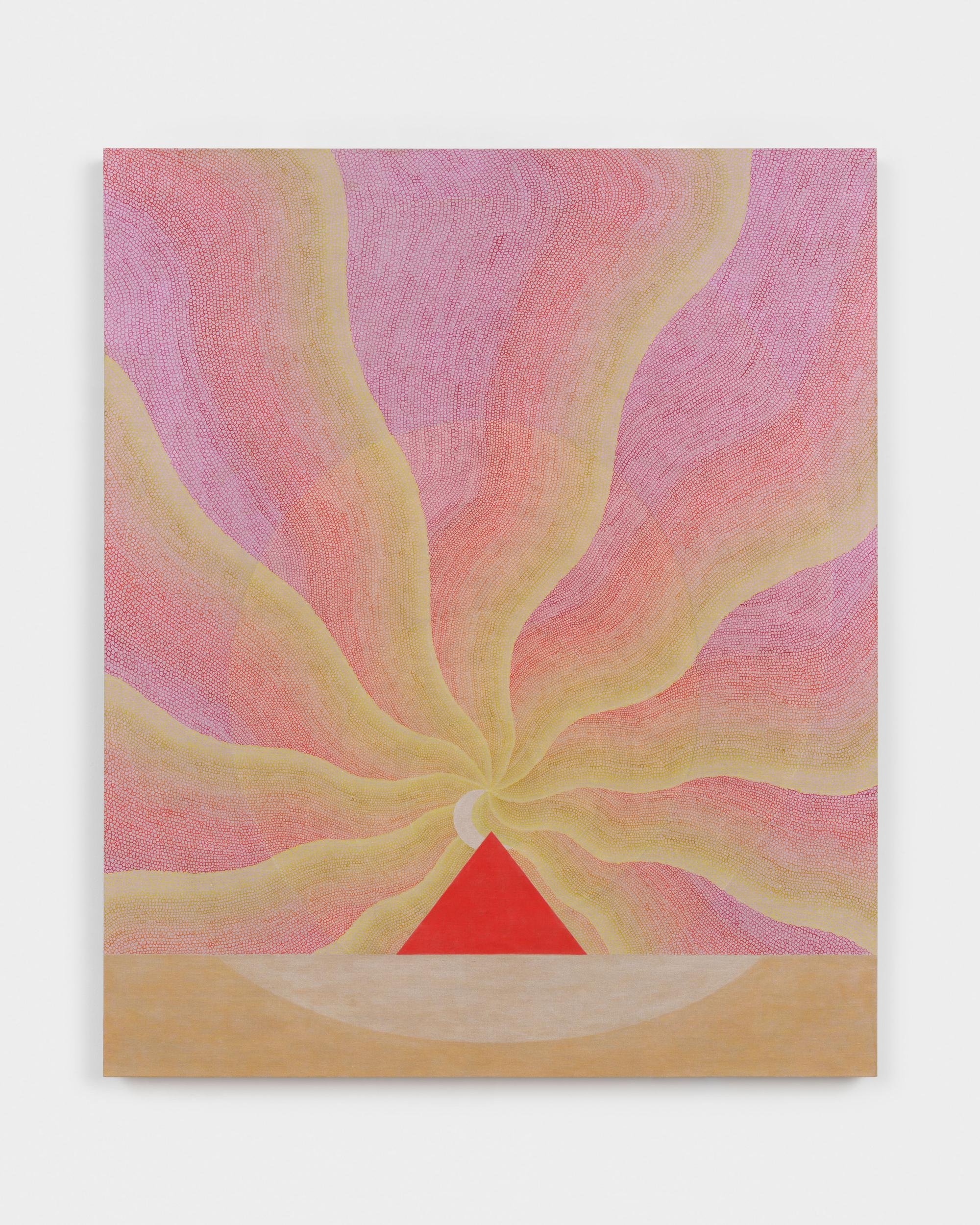Joani Tremblay “Three Miles an Hour”

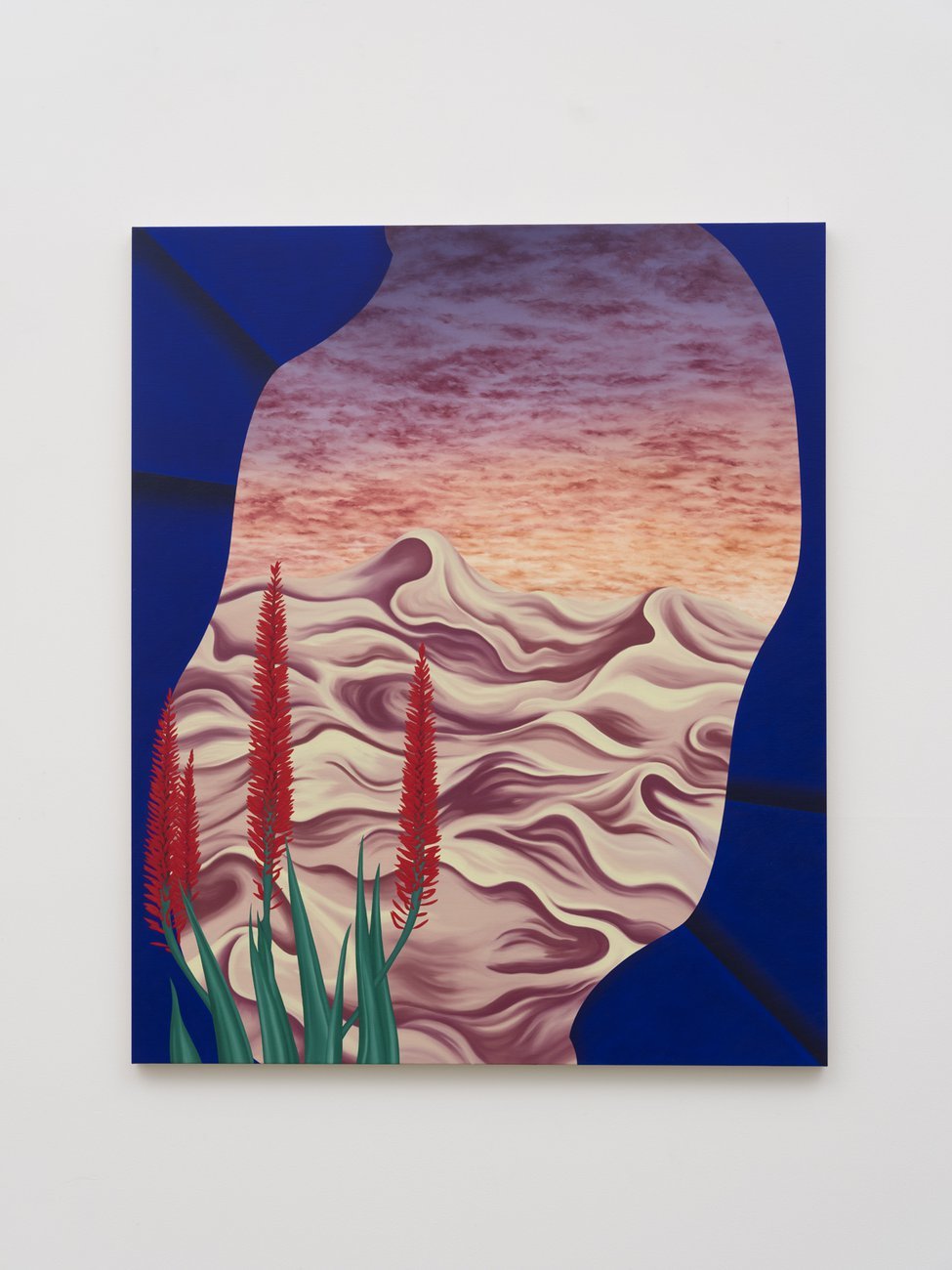
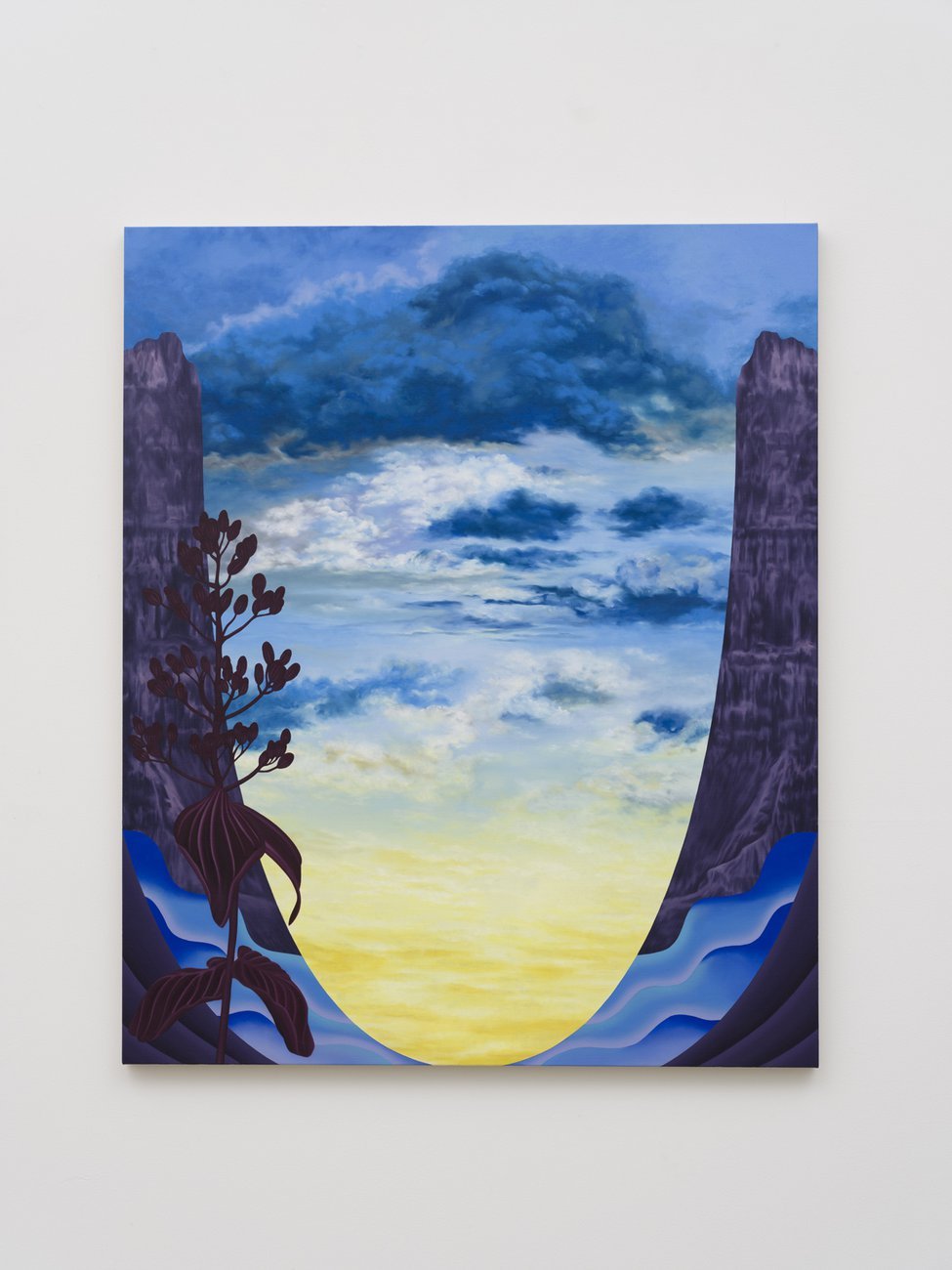

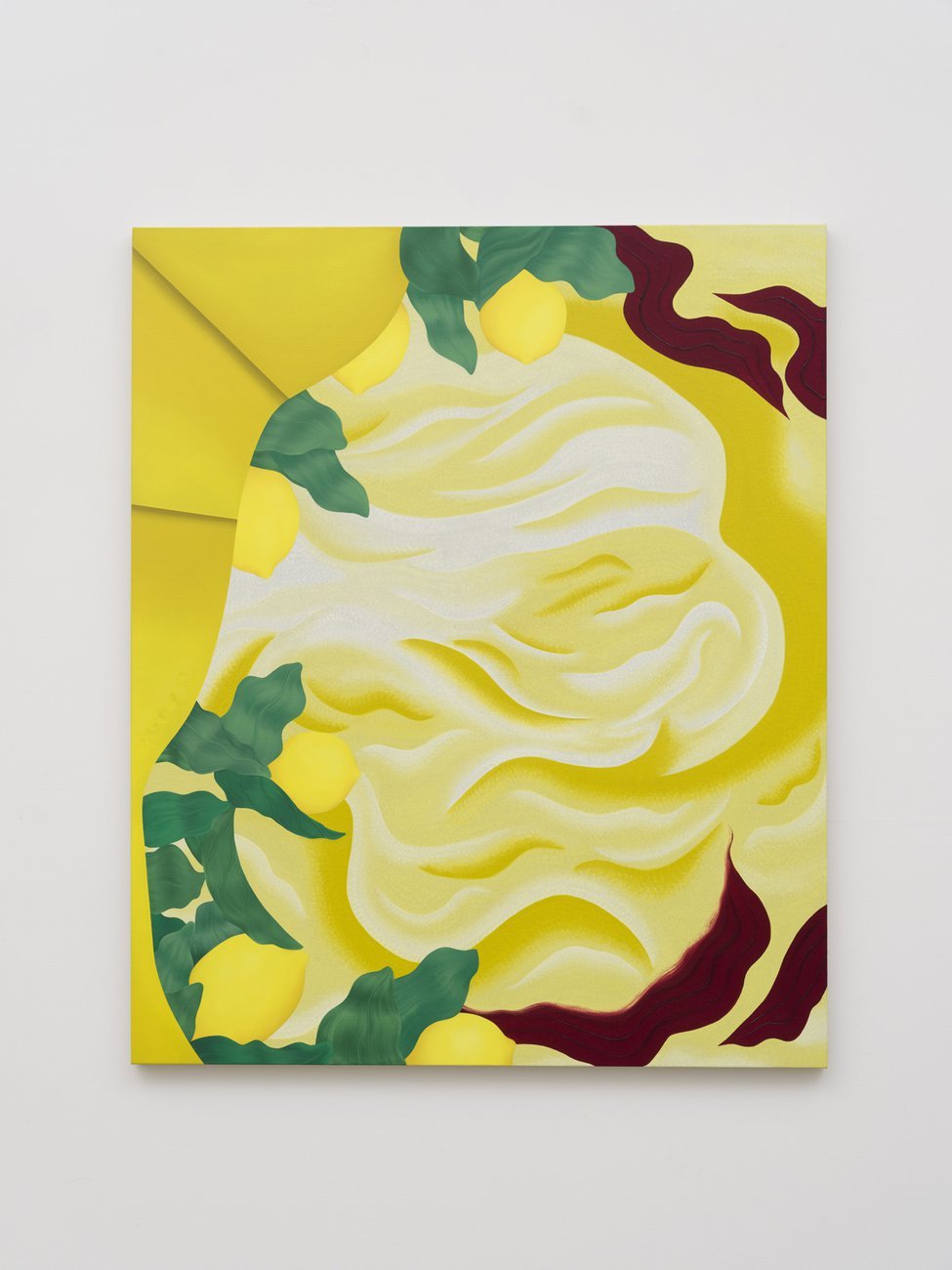
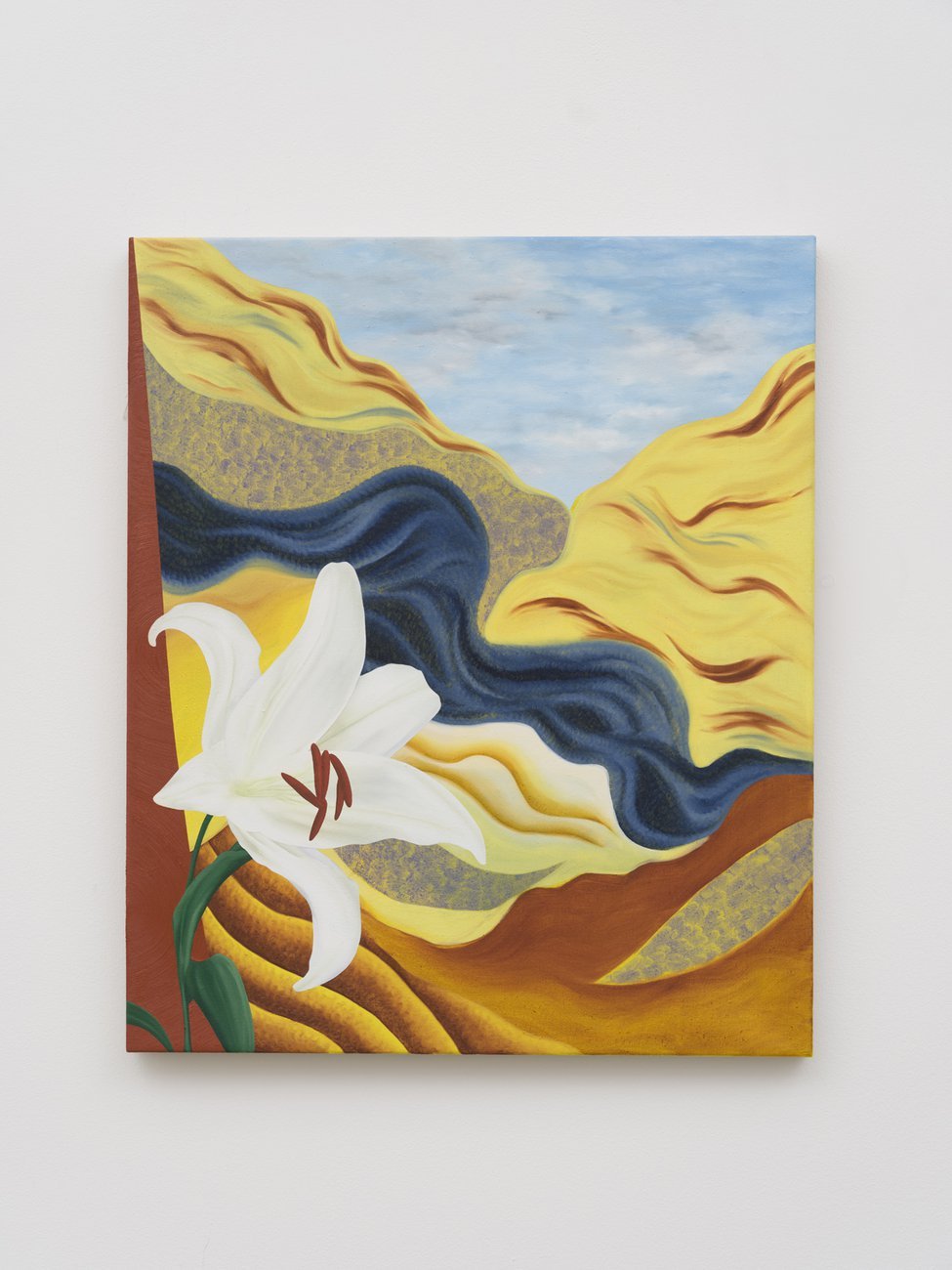
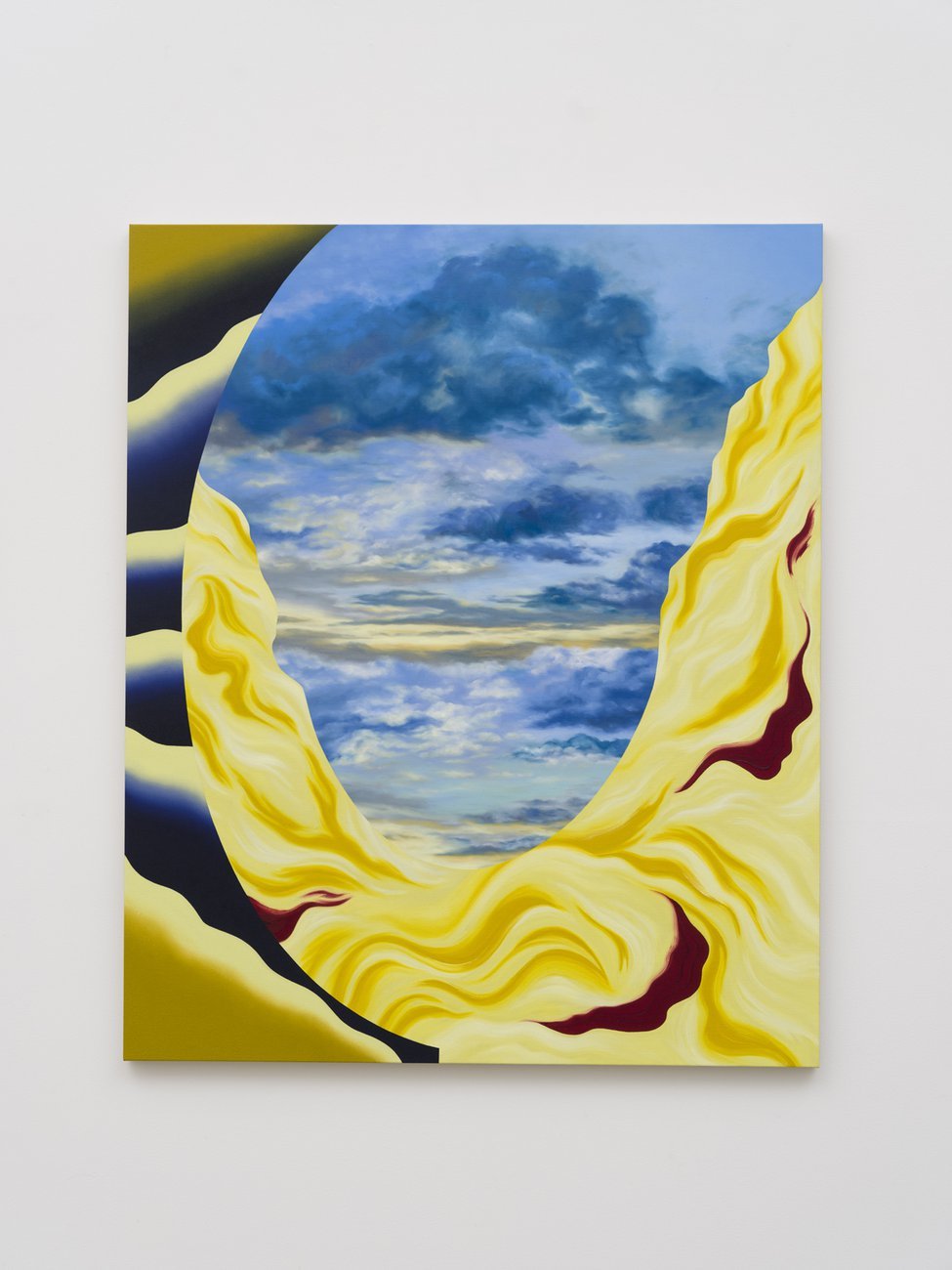
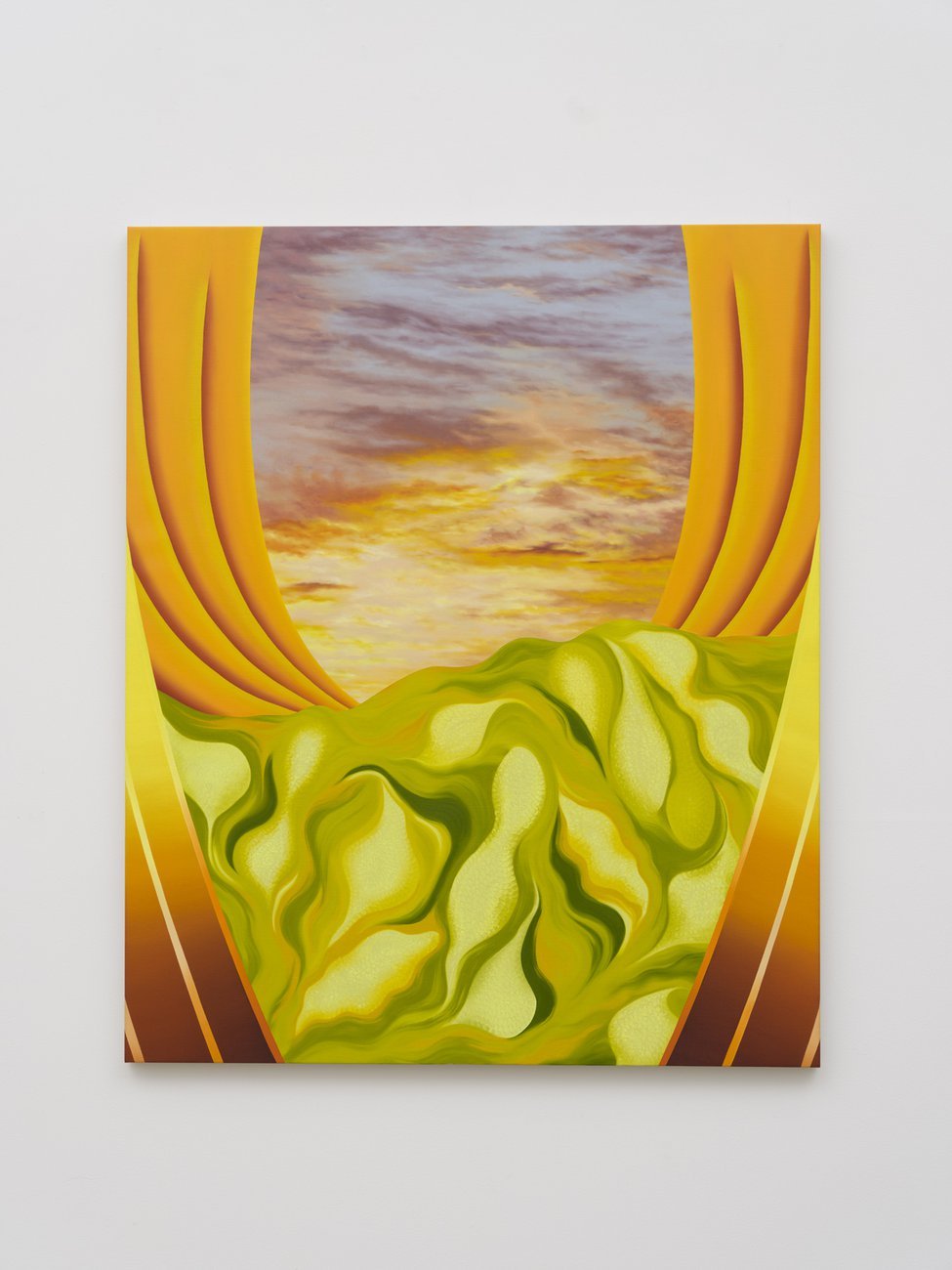
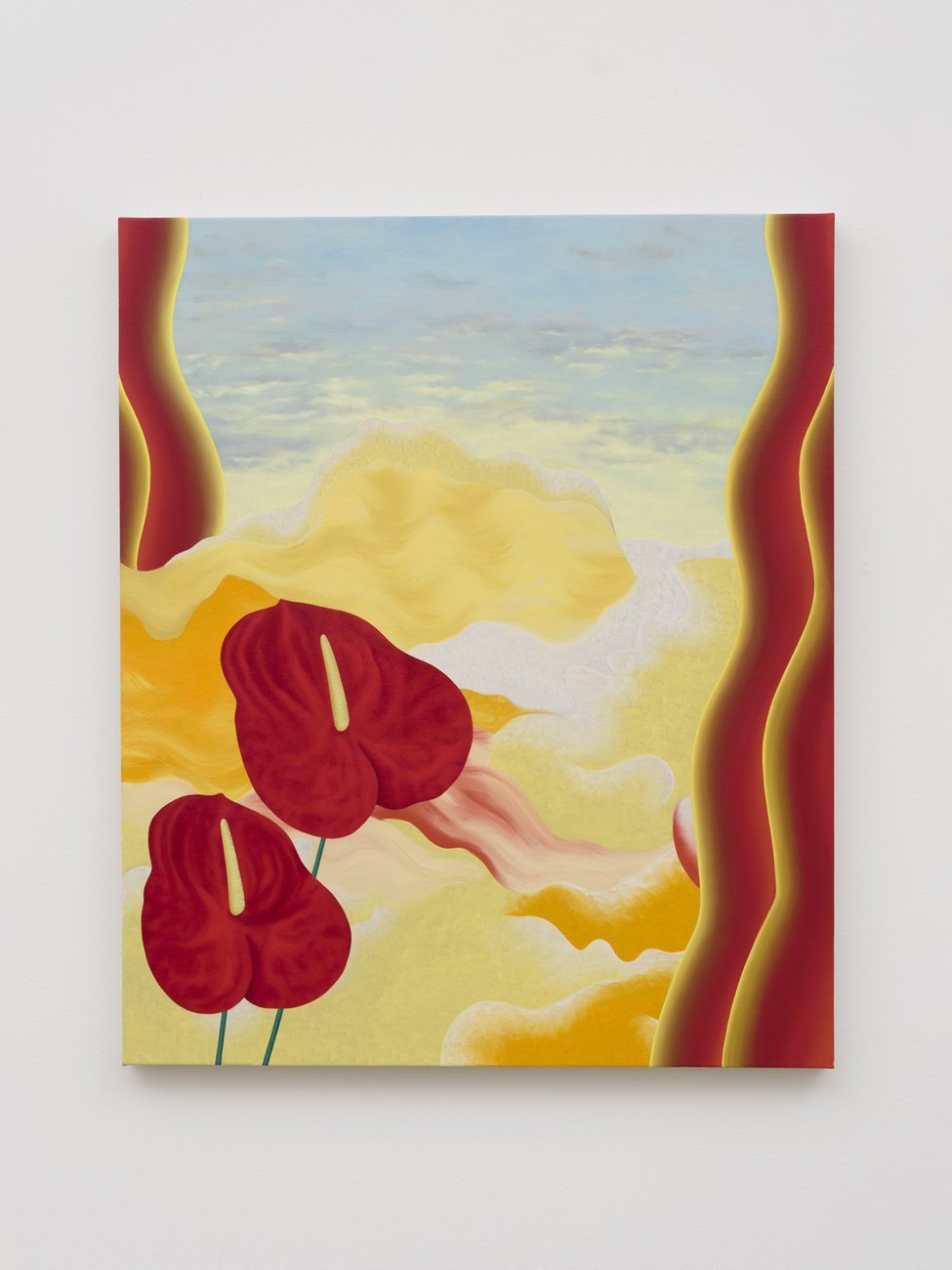
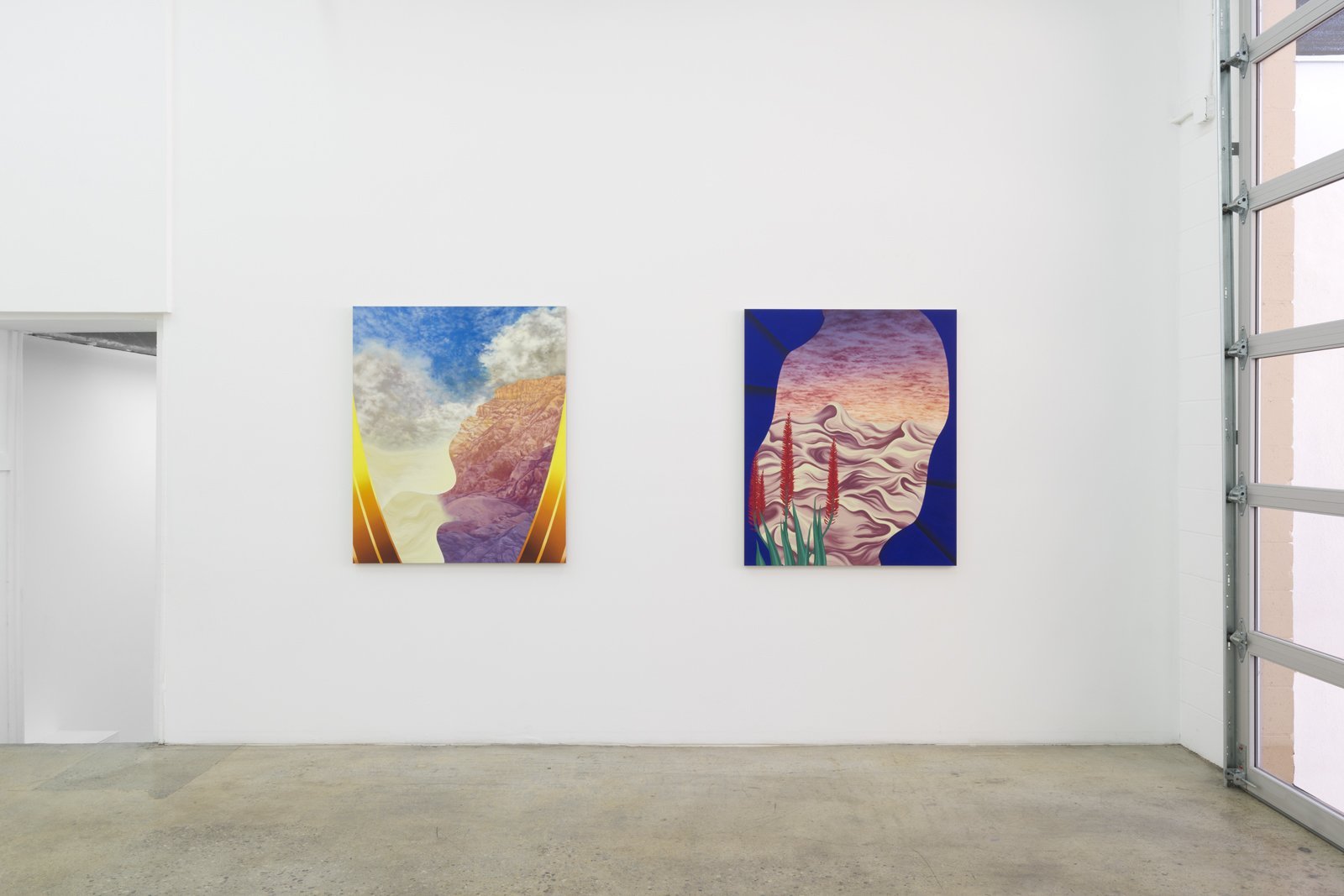
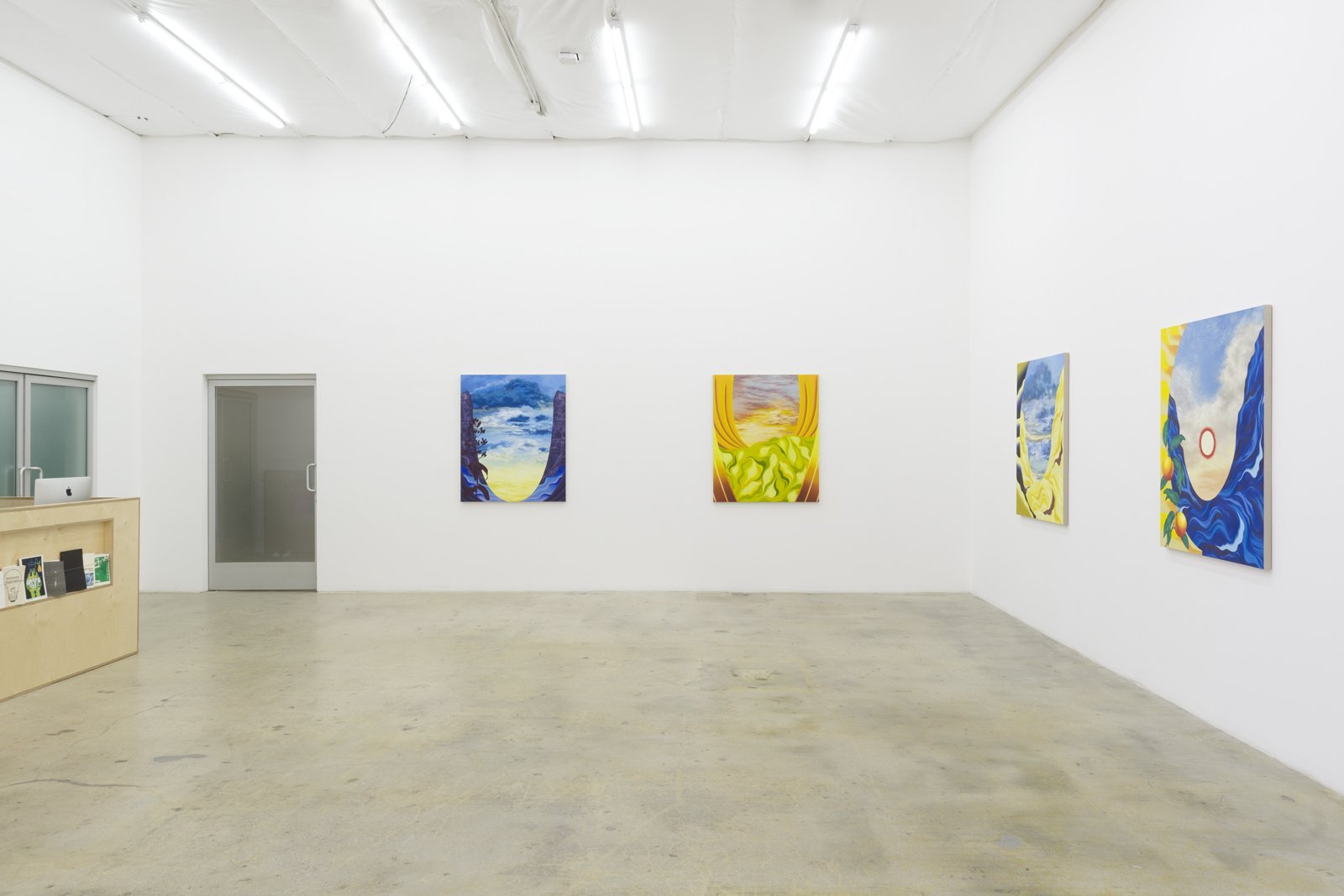
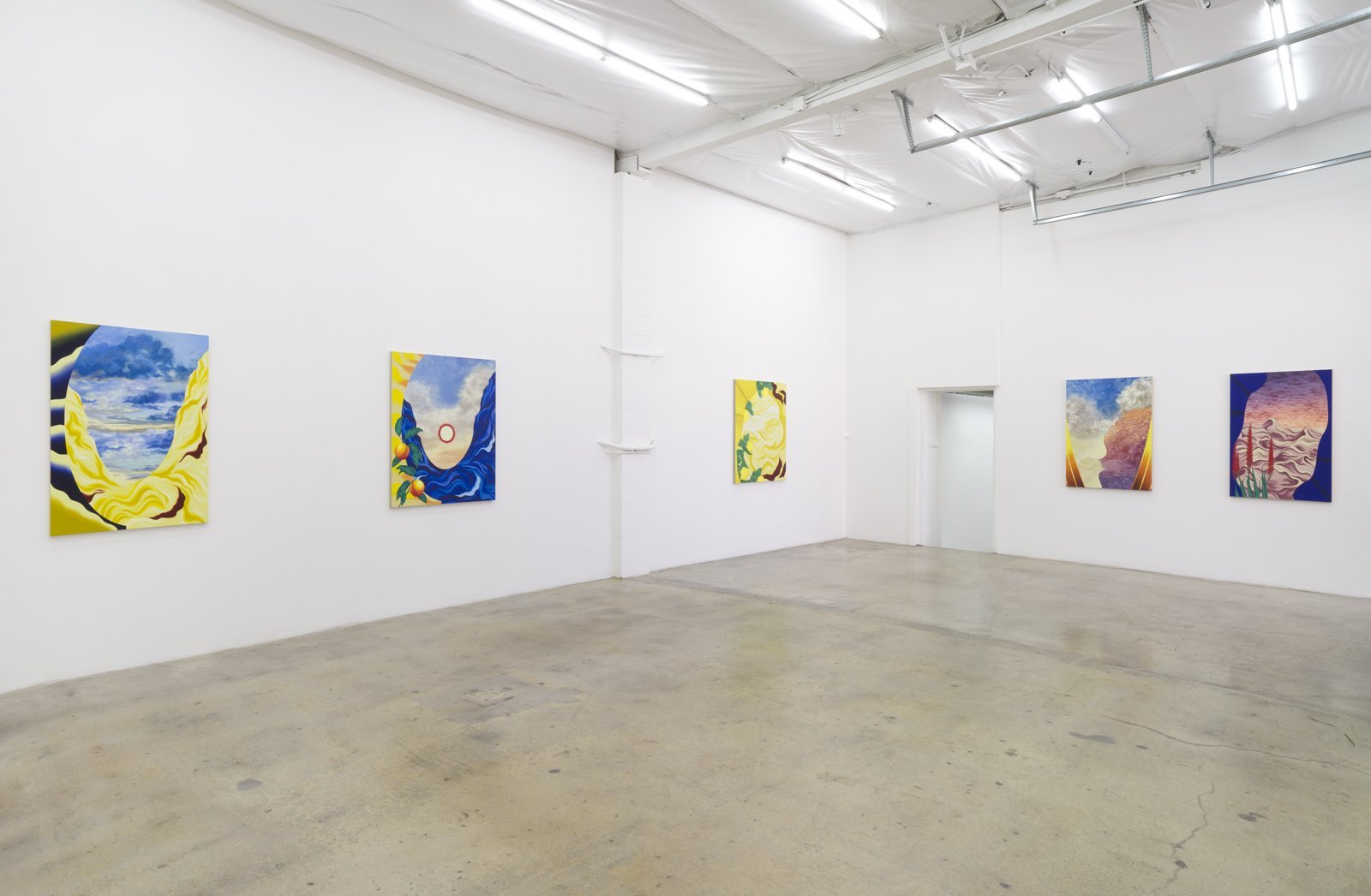
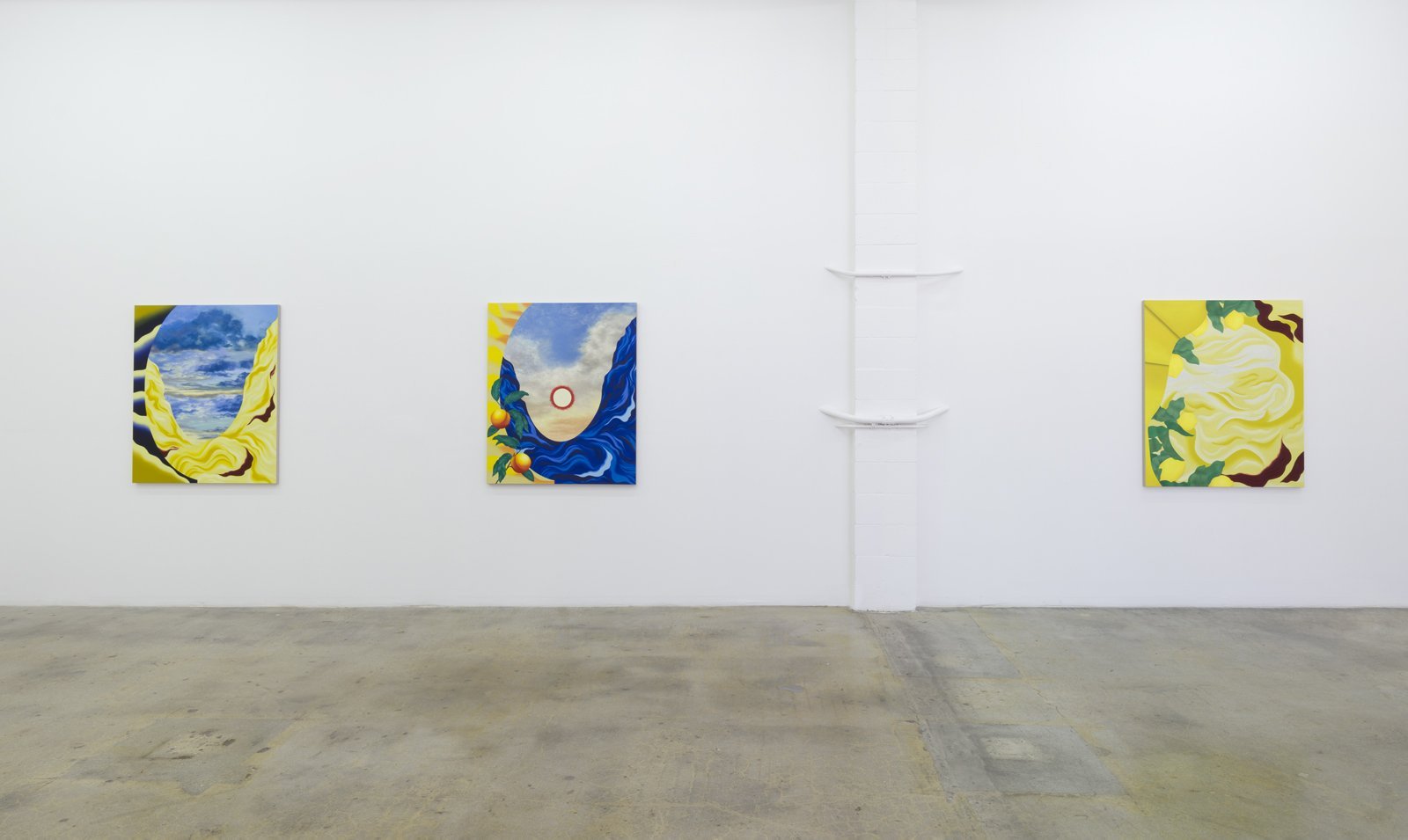
“I kept coming back to this route for respite from my work and for my work too, because thinking is generally thought of as doing nothing in a production-oriented culture, and doing nothing is hard to do. It’s best done by disguising it as doing something, and the something closest to doing nothing is walking. Walking itself is the intentional act closest to the unwilled rhythms of the body, to breathing and the beating of the heart. It strikes a delicate balance between working and idling, being and doing. It is a bodily labor that produces nothing but thoughts, experiences, arrivals. After all those years of walking to work out other things, it made sense to come back to work close to home, in Thoreau’s sense, and to think about walking.”
Joani Tremblay mines virtual, physical, remembered, and real places to create composited landscape and skyscape paintings in oil. In these works, idyllic expanses are framed by fragments of built environments such as thresholds and architecture. Tremblay’s imagined landscapes evoke hard-edged sublimity honed particularly in early Modernism with highly structured and stylized annotations on color, line, and composition, creating meditative, frozen moments that befuddle linear time. Celebrations of natural light; studies of crenelated land and sky; brushwork that combines hard lines with blends — these moves may nod to artists like Agnes Pelton and Judy Chicago’s early feminist works, yet Tremblay’s paintings are more about crafting architecture and perception through labor-intensive, digital collage processes.
Resembling that of a flâneur, Tremblay’s process has her meandering through vast sources of inspiration and streams of thought, in a balance akin to walking. The balance in Tremblay’s process is as much about doing as it is about breathing — as much about producing as it is about pausing. This paradox is crumpled and ironed out again, like paper, as moments in the paintings fold, curl, shadow, and highlight deep perception.
In this exhibition, Tremblay continues her series about the relentless heat of the sun and its potential for transference — symbolized here by interstitial moments. Intuitively painted hours of twilight are perhaps an unconscious reflection of our year, creating a sense of an in-between time. Juicy fruits and sun-soaked flowers populate canvas edges, rims and frames denote enclosure as if peeping through caves or windows. Crimsons, russets, warm cadmium yellows, and citrus hues are cooled by blues in color wheel oppositions. Depictions of the stark mystery of isolation — the single bud, the lone horizon — are evocatively expressed through alluring, rich, and lavish turns.
Press release and images via The Pit, LA.
